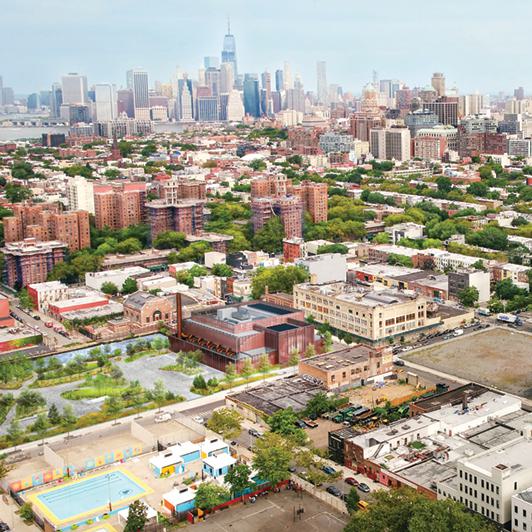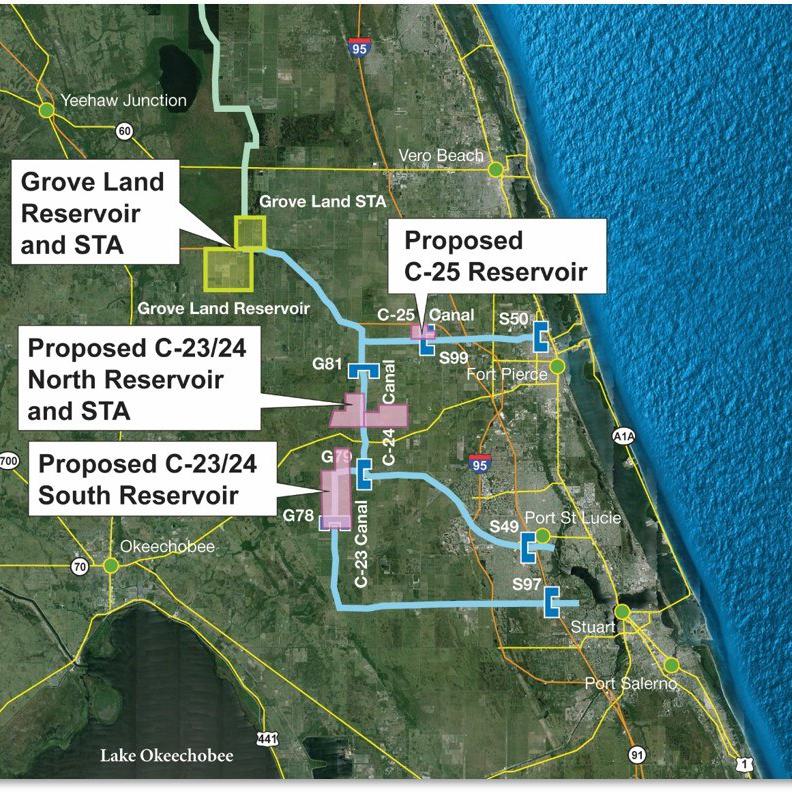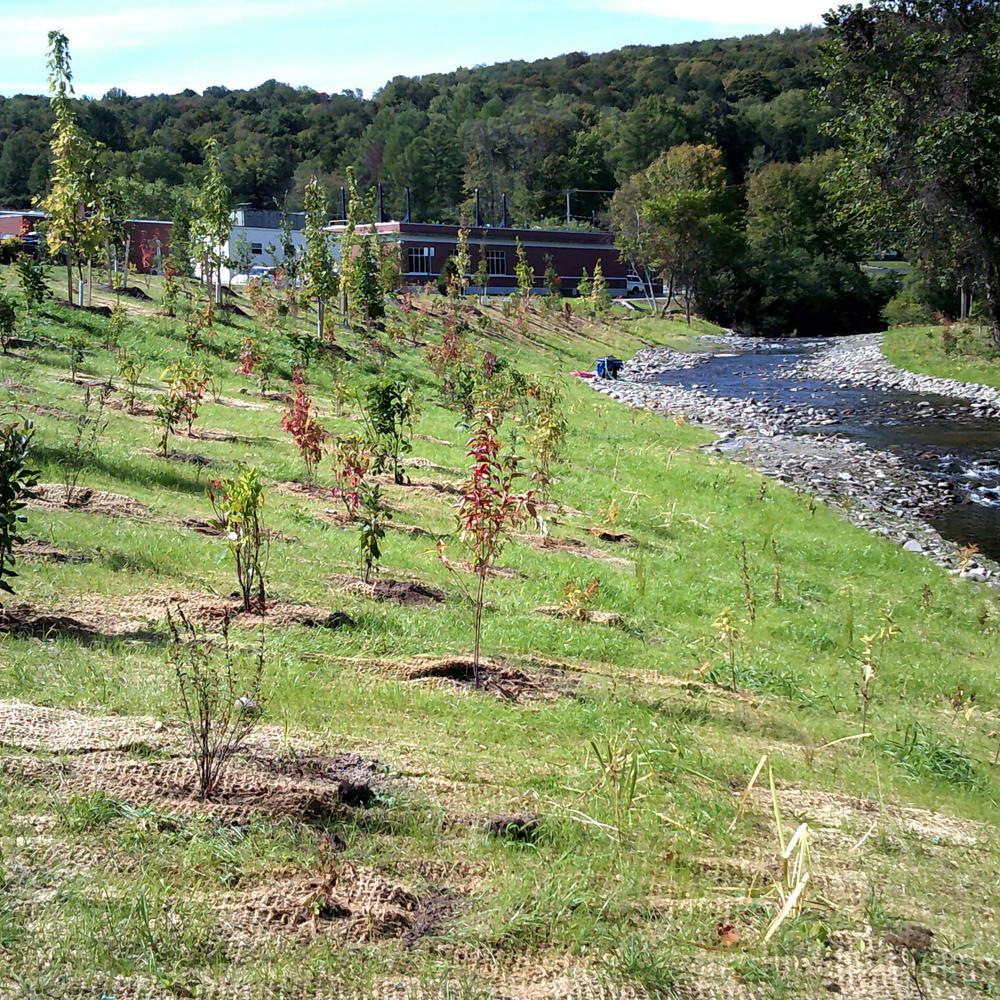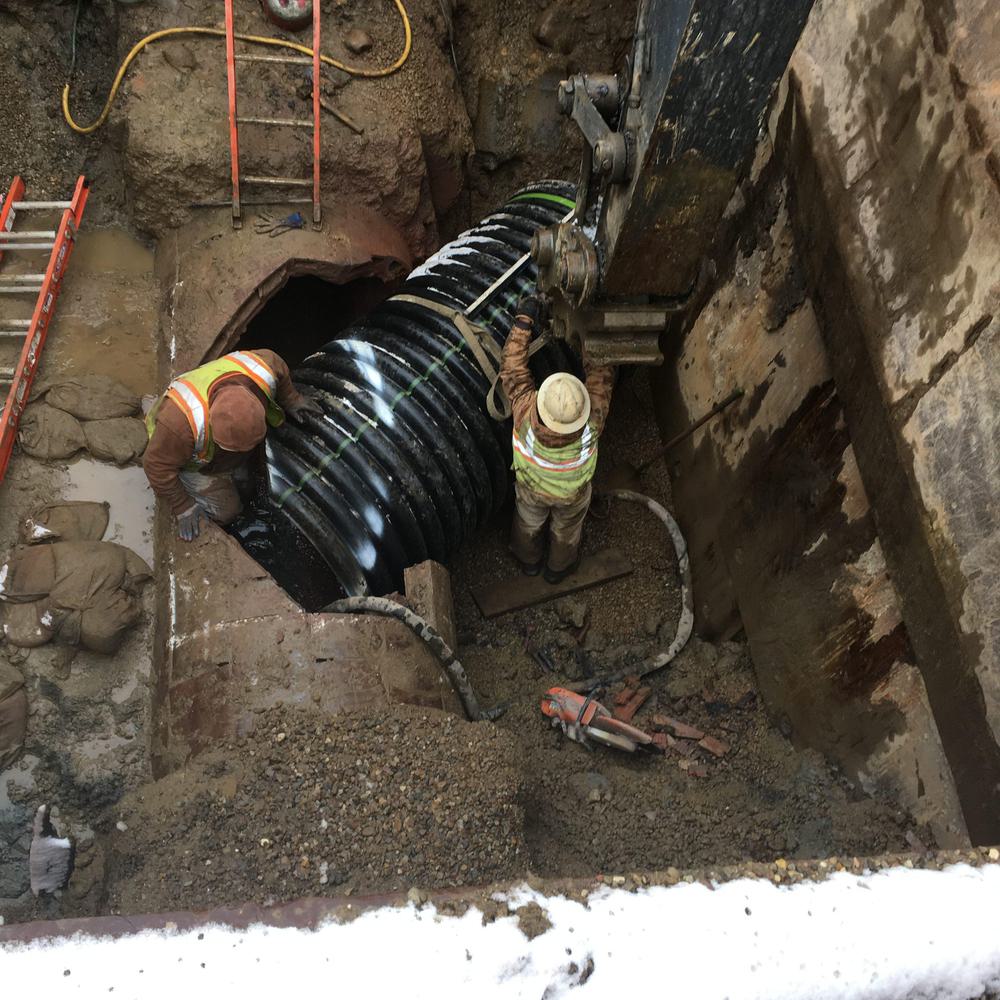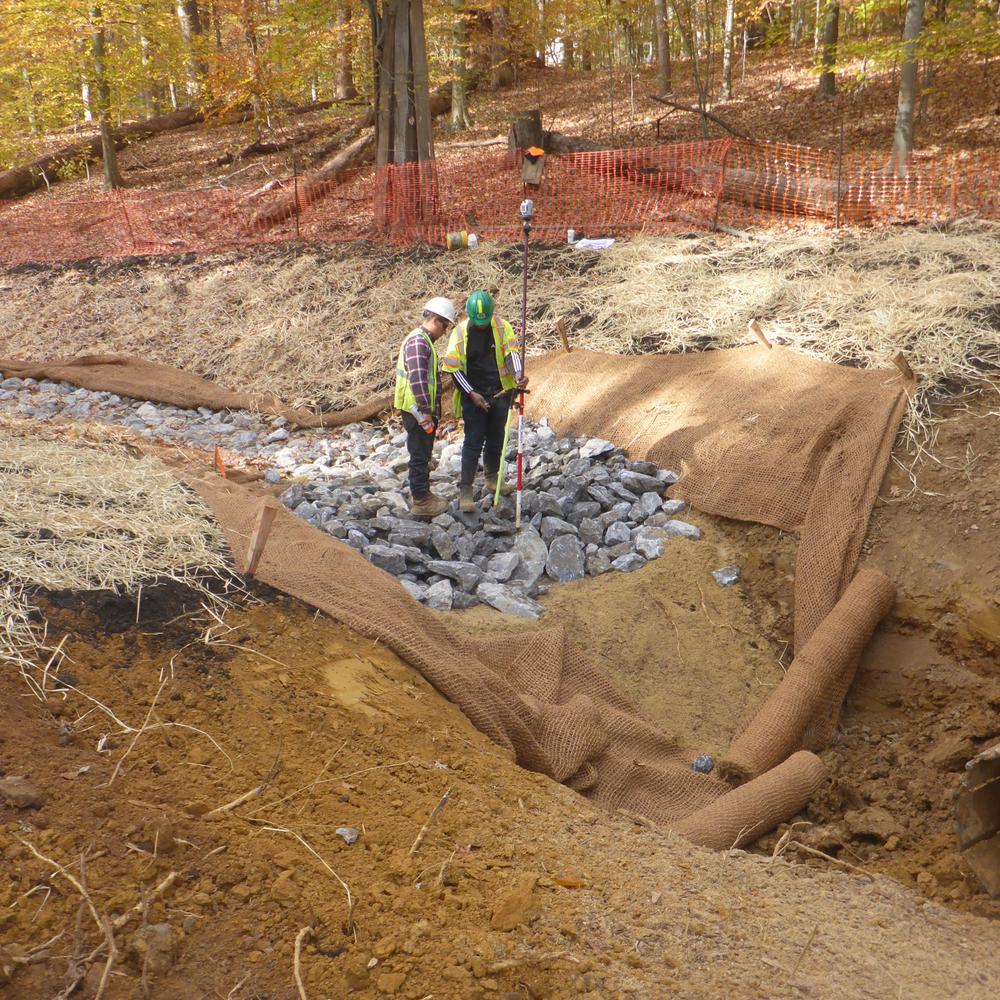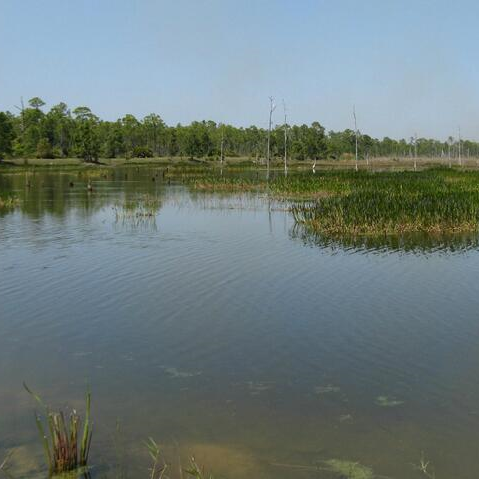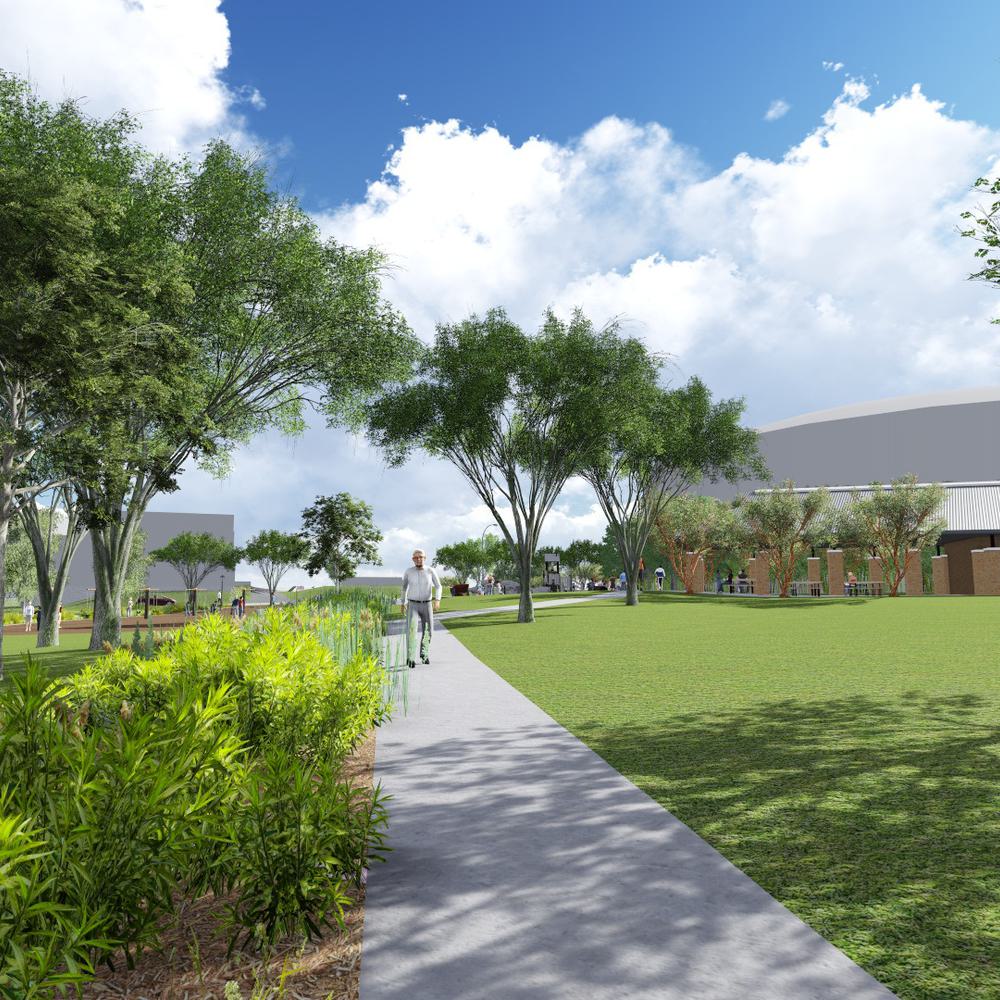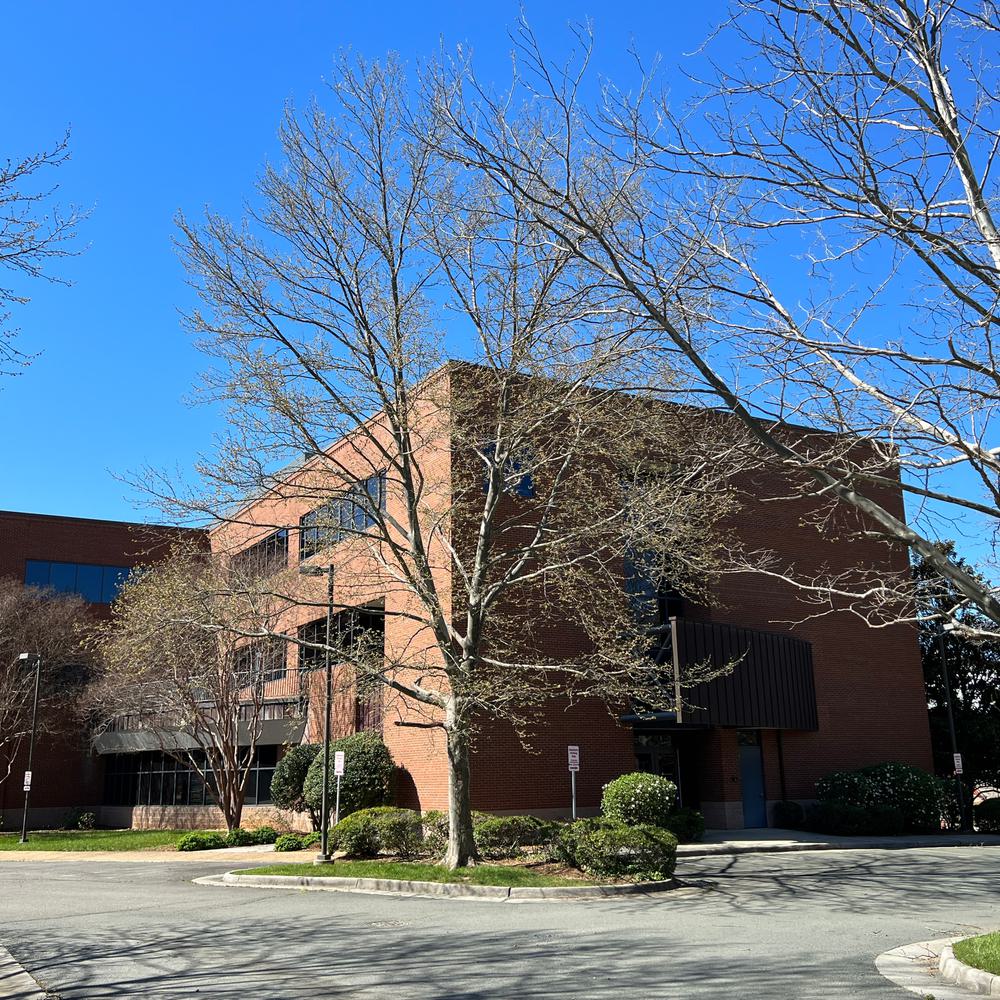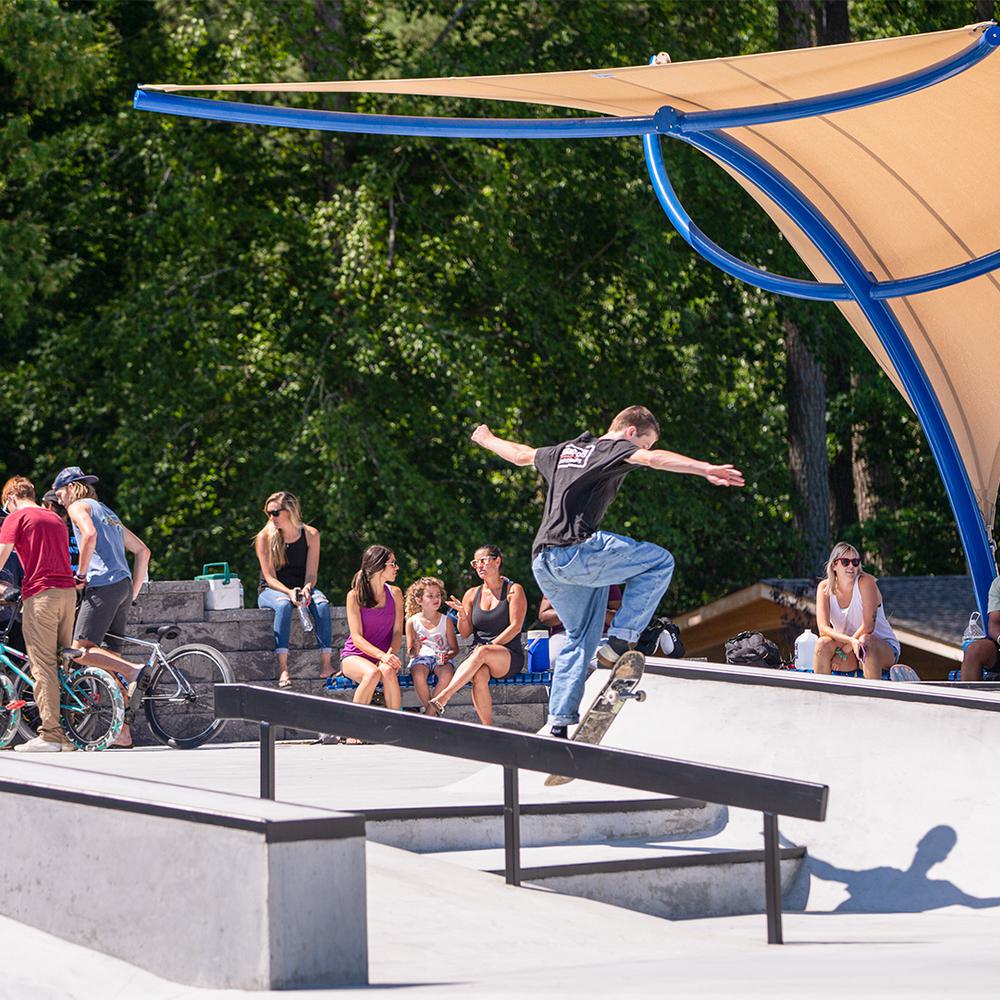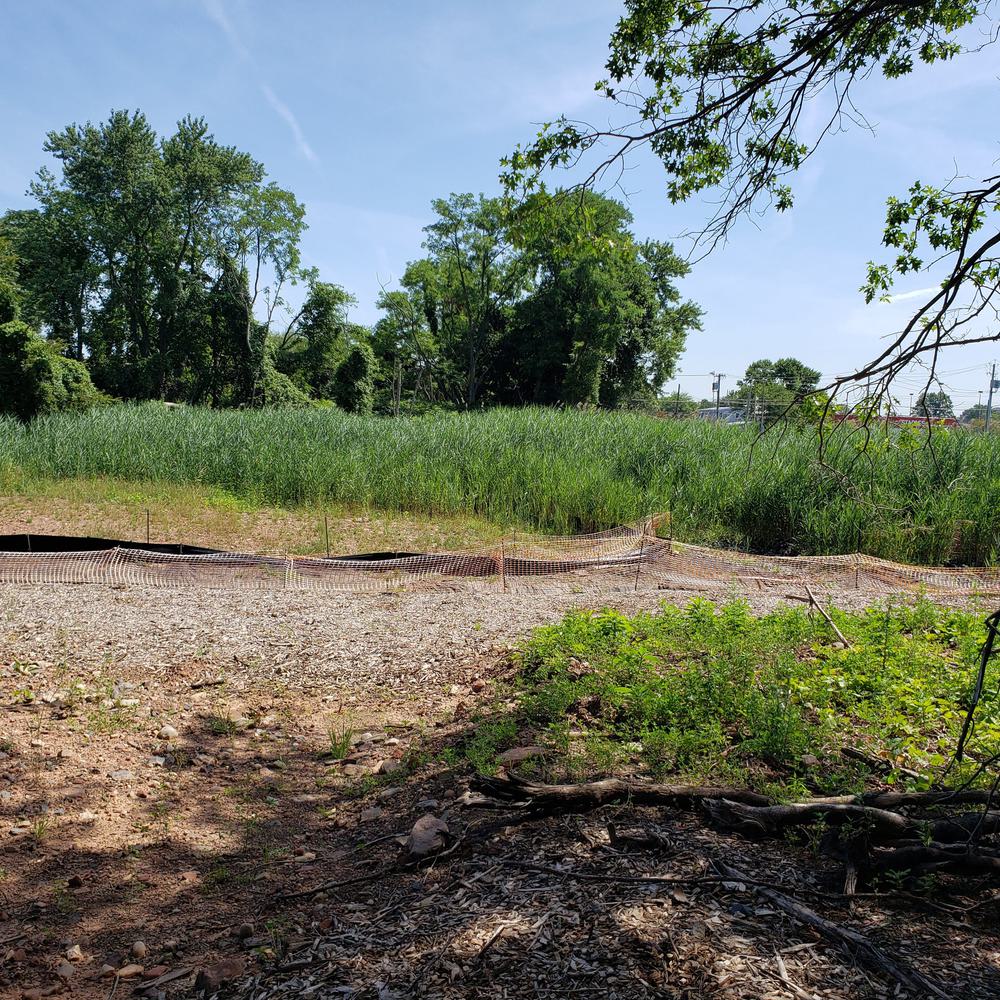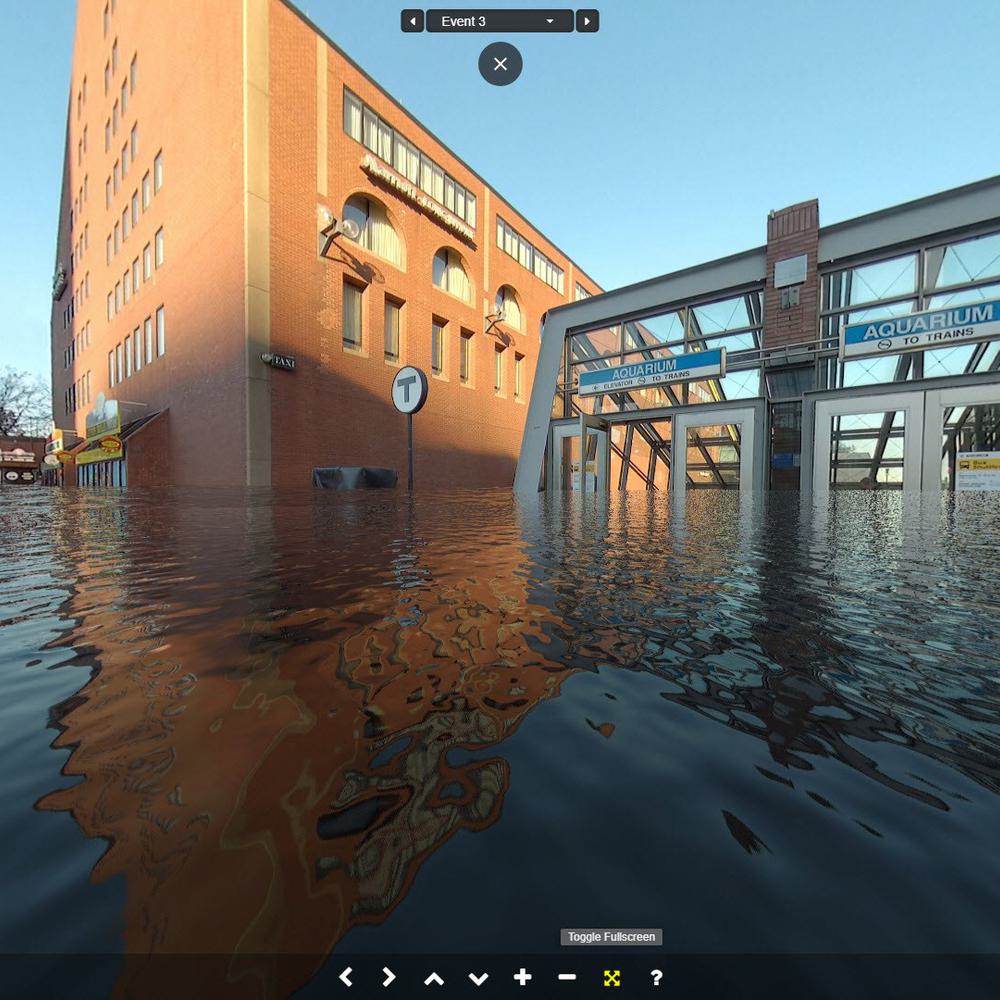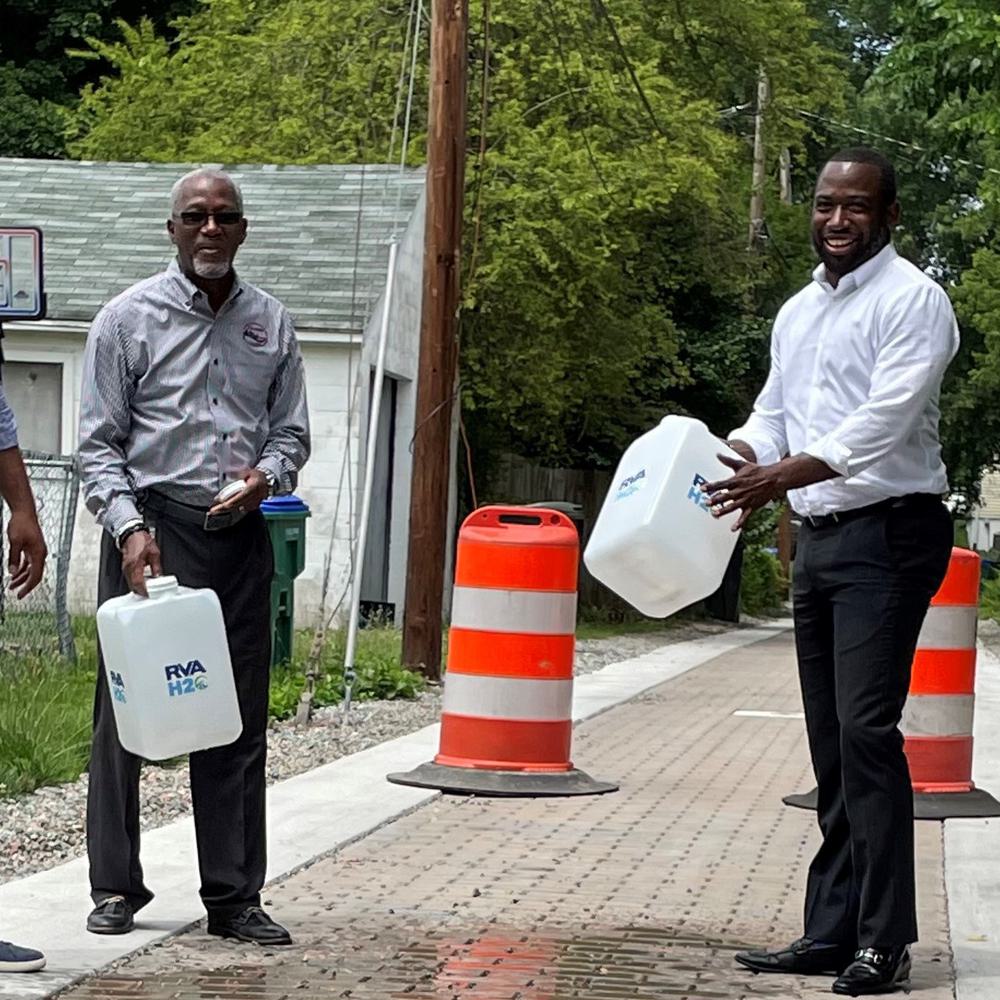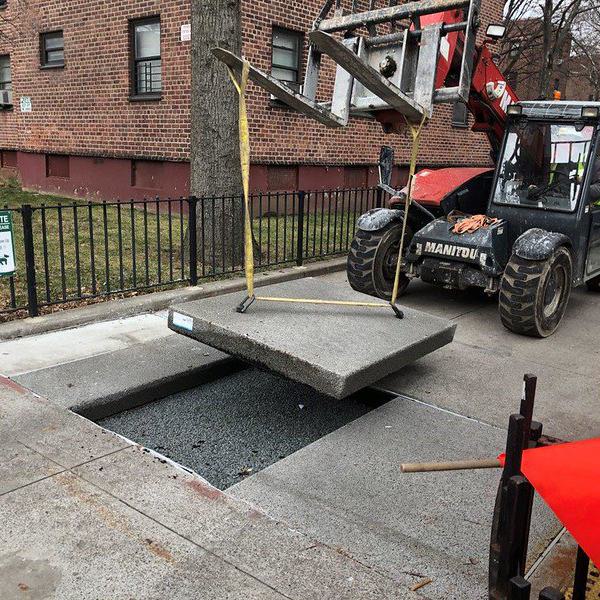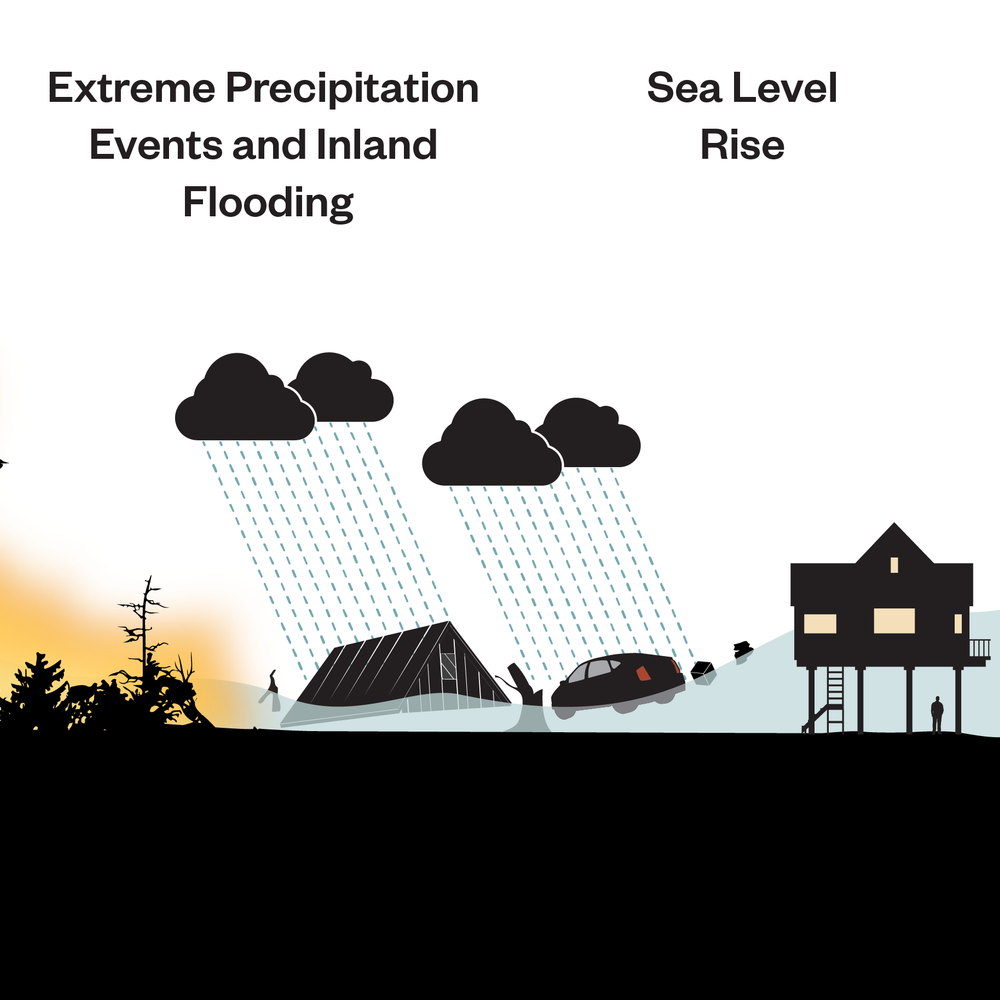Washington Park Stream Restoration and Bioretention

Stream Restoration Along Unnamed Tributary to Salem Creek 1.5-Years Post-Construction - Hazen provided site evaluation, design, and construction phase services for stream restoration within Washington Park, located in Winston-Salem, NC. The Washington Park project included improvements on both sides of Salem Creek, an urban stream identified as an impaired water by the North Carolina Department of Environmental Quality.
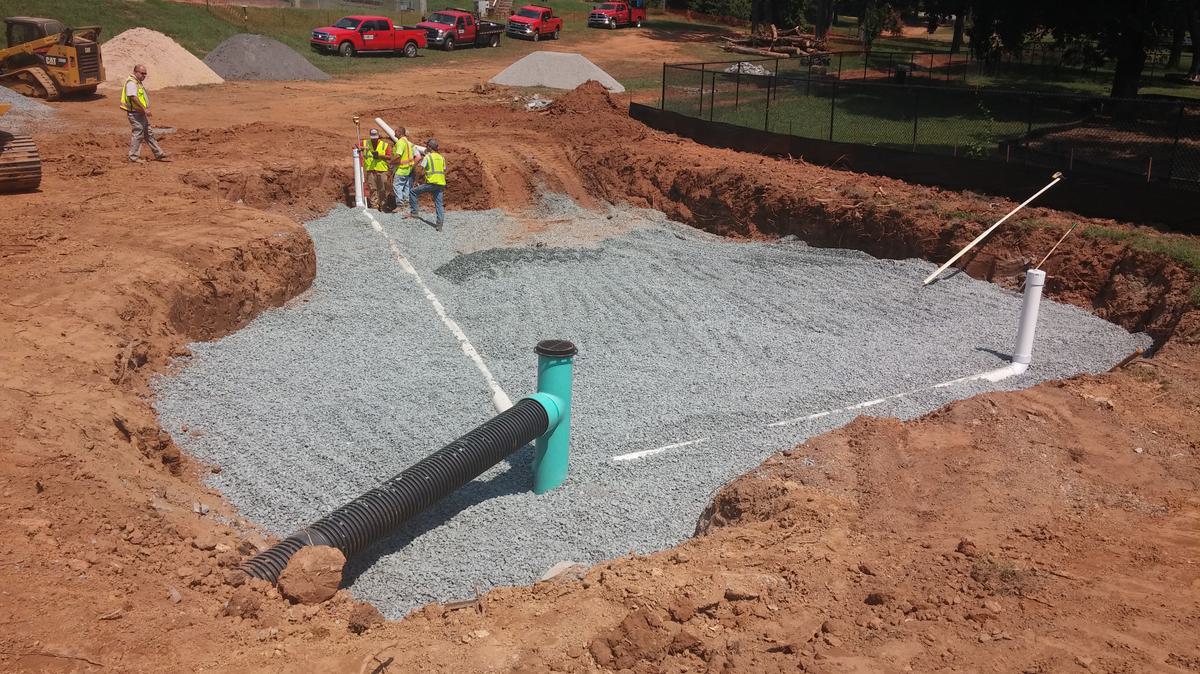
Installation of Bioretention Cell Under Drain System During Construction - Washington Park includes a fenced-in dog park run where runoff drains directly into Salem Creek. Hazen improved water quality through the bioretention construction shown above.

Bioretention Cell with Sod Barrier Immediately After Construction (Pre-Plantings) - The bioretention cell, surrounding grassed swales and vegetation were designed to collect and capture all stormwater flows from a popular dog park run that contributes significant fecal coliforms to Salem Creek.

Bioretention Cell Plantings 1.5-Years Post-Construction - The designed combination of sod grassed buffer, select vegetation, engineered soil, sand, and underdrain now functions as a system treating runoff through physical, chemical, and biological processes. Once treated, the water infiltrates into surrounding native soils or flows to Salem Creek through a new overflow drain.
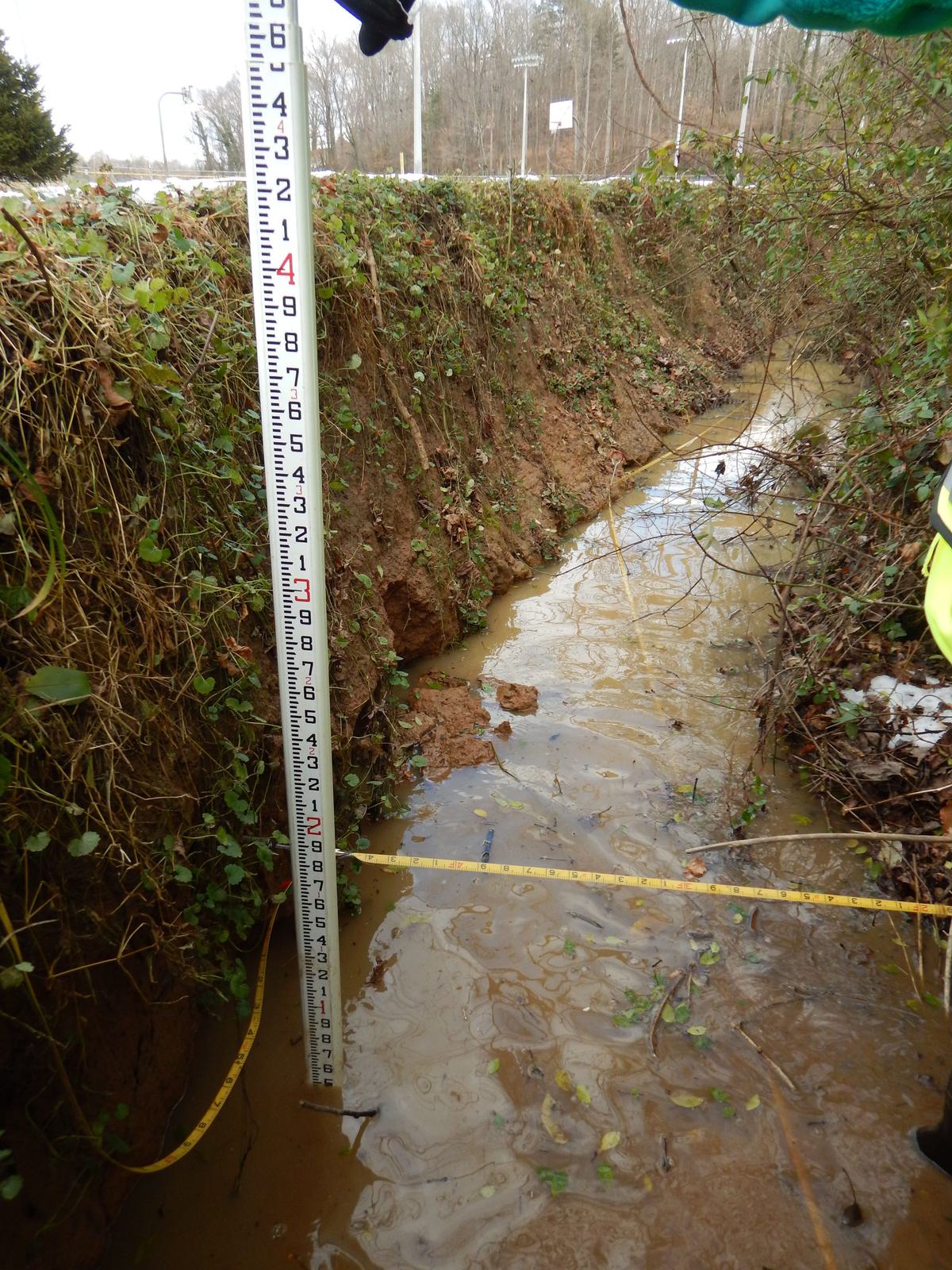
Unnamed Tributary to Salem Creek Preconstruction – The unnamed tributary was highly eroded and incised; a water main was exposed and a sanitary sewer paralleling the stream was at risk of exposure.

Stream Restoration Along Unnamed Tributary to Salem Creek During Construction - Six hundred and forty (640) linear feet of stream restoration was designed and constructed. The work established vertical stability with riffle grade controls, rock sills, and cascades.

Stream Restoration Along Unnamed Tributary to Salem Creek During Construction - Stone toe bank treatment on the outside bends of pools assure lateral stability. Channel cross-section dimensions were sized and shaped for stability and connection to the floodplain.

Stream Restoration Along Unnamed Tributary to Salem Creek 6-Months Post-Construction – There is buried wood behind the right bank stone toe for added protection against lateral movement; the left floodplain is completely accessible to flood waters.

Stream Restoration Along Unnamed Tributary to Salem Creek 1-Year Post-Construction – Vegetation becoming well established.

Stream Restoration Along Unnamed Tributary to Salem Creek 1.5-Years Post-Construction - Vegetation becoming established.

Installation of Custom Cast Triple-Box-Culvert with Stream Bed Retention Sills - An existing undersized culvert was replaced with a concrete triple box culvert to fully accommodate flows and provide continuity of flood prone benches graded along the channel upstream and downstream of the culvert.

Triple Box Culvert and Greenway Crossing 6-Months Post-Construction – The center culvert passes the baseflow; the left and right culverts pass stormflow and continue the “bankfull” bench. Hiker/biker trail runs on top of the new culverts.

Stream Restoration Along Unnamed Tributary to Salem Creek 1-Year Post-Construction – Seeding, live stakes and select tree and shrub placement are flourishing post construction.
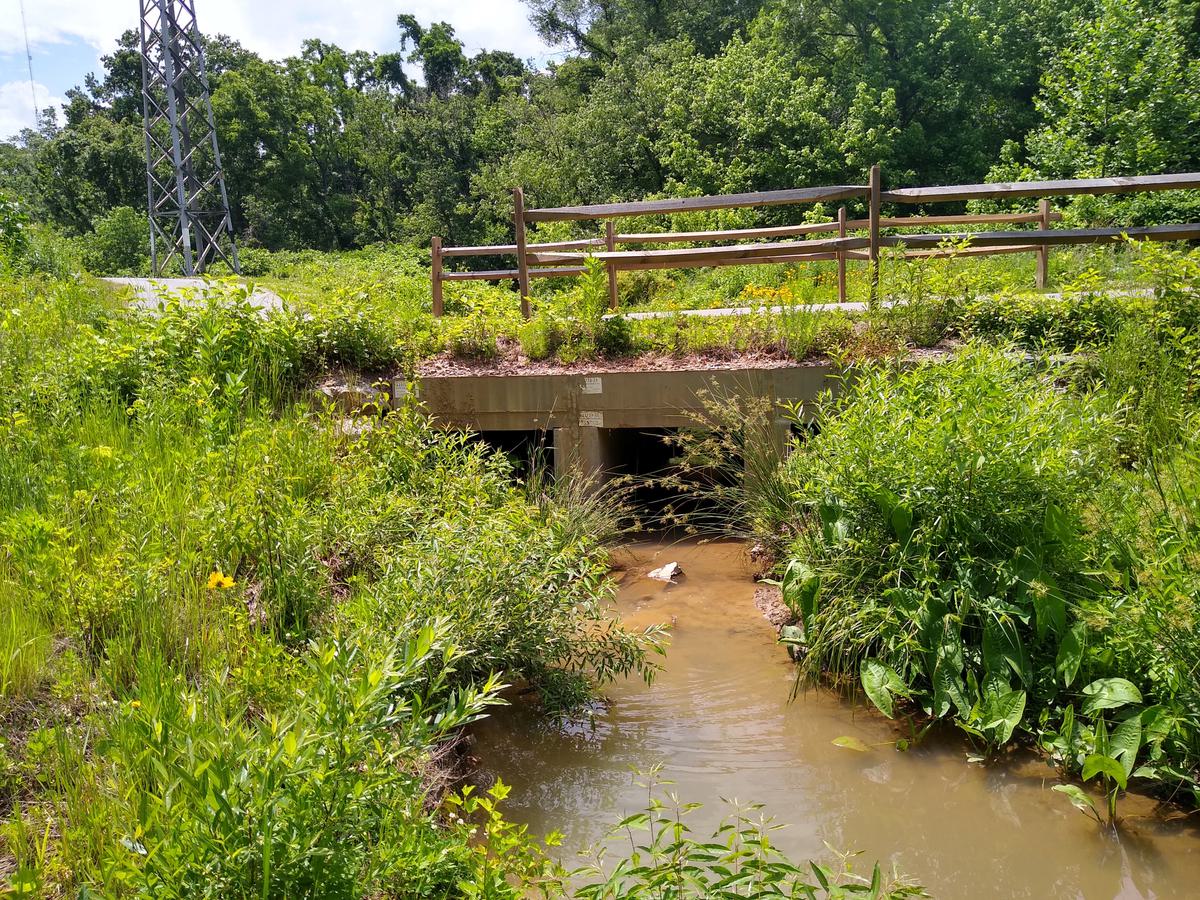
Triple Box Culvert And Greenway Crossing 1.5-Years Post-Construction – Vegetation continues to establish providing long-term stability and ecological benefits.

Riffle Grade Control Structure and Stone Toe Bank Protection Immediately After Installation – Coir mat, topsoil, and seeding was used to immediately stabilize the site and jumpstart vegetative growth.

Riffle Grade Control Structure and Stone Toe Bank Protection 1-Year Post-Construction – Vegetation now stabilizes stream banks and the floodplain.

Riffle Grade Control Structure and Stone Toe Bank Protection 1.5-Year Post-Construction – Vegetation continues to establish providing long-term stability and ecological benefits.

Rock Cascade Conveying Flow Beneath Aerial Sanitary Sewer Crossing 6-Months Post-Construction - A concrete cap encasement was installed to protect an exposed 36-inch waterline that crossed underneath the stream, and a rock cascade was constructed to convey flow under a newly replaced aerial sanitary pipe crossing and serve as a stable tie-in to the confluence with Salem Creek.

Stormwater Wetland Cell with Buried Woody Debris 1-Year Post-Construction - Two stormwater wetland cells were installed in the floodprone area to provide flood storage volume, water quality treatment, and habitat diversification.
Hazen designed 640 feet of priority I/II natural channel design along the eroded tributary to Salem Creek establishing stability with riffle grade controls, rock sills, floodplain reconnection and bank protection. Channel cross-section dimensions were sized and sloped for stability; floodprone areas were graded to accommodate frequent, flashy urban storm flows.
The upper section was horizontally constrained due to an adjacent property, tight topography, and close proximity to an existing sanitary sewer line. Lateral stability was secured at this location through stone toe treatment on the outside bends of pools. Two stormwater wetland cells were excavated out of the largest floodprone area to provide flood storage, water quality treatment, and habitat diversification. The existing undersized CMP culvert was replaced with a triple box culvert. The new culvert accommodates flooding and provides continuity of the newly created bankfull benches from the upstream portion of the restoration to Salem Creek. The final section of stream below the box culverts includes an ‘at grade’ concrete cap encasement to protect a 36-inch waterline crossing. A newly reconstructed 8-inch DIP sanitary aerial crossing significantly improves vertical clearance; a stone cascade at this location serves as a stable tie-in to Salem Creek.

Tim Schueler specializes in the restoration of heavily degraded urban streams with limited site area access.
Related Topics:
Project Outcomes and Benefits
- A bioretention cell was installed to treat stormwater drainage from dog park area through physical, chemical, and biological processes.
- 640 linear feet of stream was restored including stabilizing a stormwater outfall.
- Active scour and erosion were arrested by re-establishing floodplain access, installing grade controls, shaping stable channel geometry, and re-establishing vegetation with native seed mixes and plantings.
- Stormwater wetland cells were installed in the adjacent channel floodplain for flood alleviation, water quality treatment and diverse wetland habitat creation.
- Sanitary sewer assets and a water supply line were protected through natural channel stream design.
- A failing culvert was replaced with a triple box culvert to accommodate flooding and provide secure utility maintenance and safe public use of a popular greenway.

